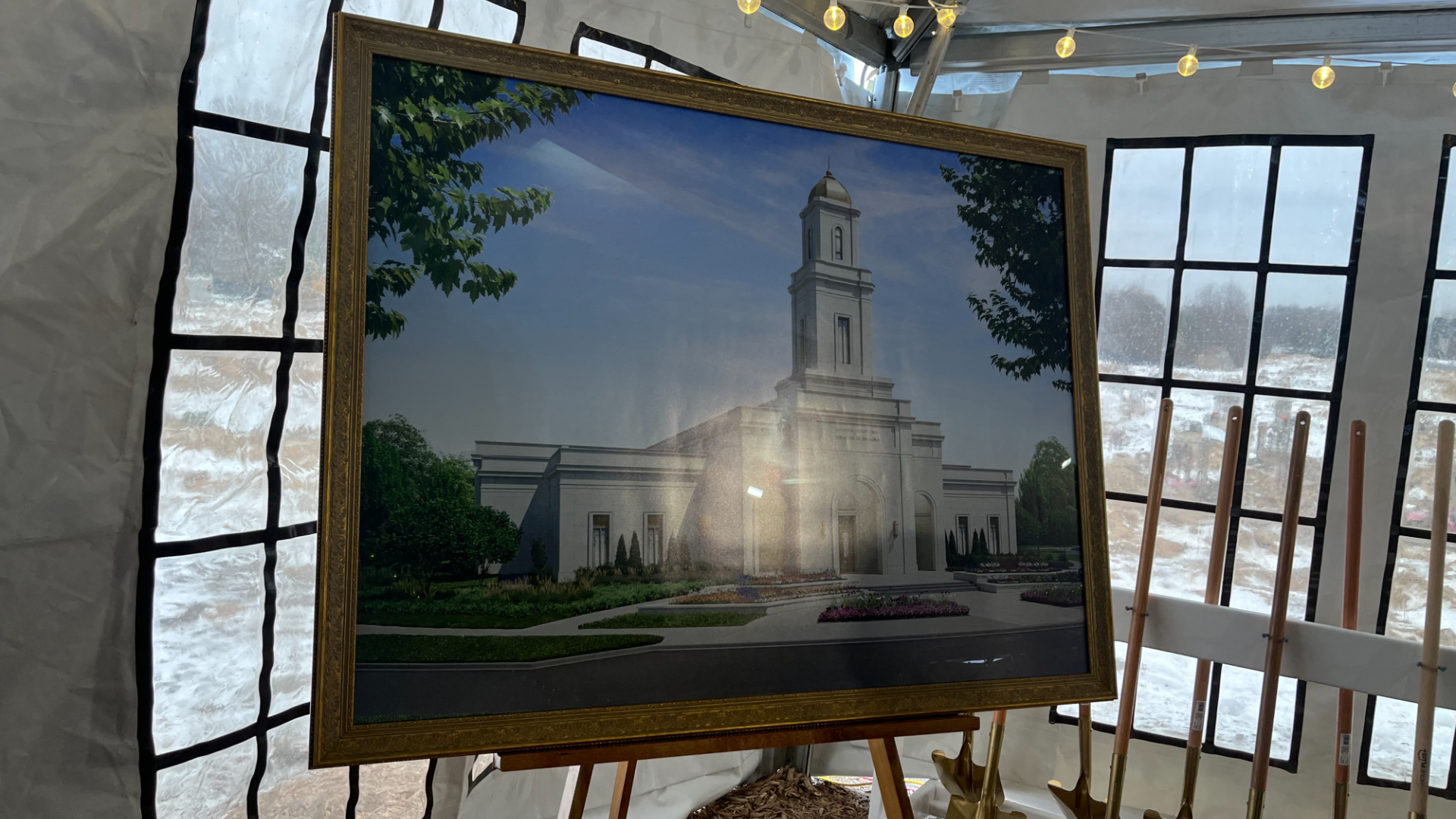GRAND RAPIDS, Mich. (WOOD) — November is Native American Heritage Month, and News 8 wanted to recognize the history and culture of West Michigan’s Indigenous community by sharing some of the stories our team has covered in recent years.
For our descendants: Grand River Band won’t give up fight for federal recognition
After 30 years, Chairman Ron Yob and the Grand River Bands of Ottawa Indians are still fighting with the Department of the Interior for federal recognition.
The tribe is recognized by the state of Michigan and has history of treaties with the federal government dating back to 1795, but it has yet to clear the strict seven-step criteria put in place by the federal government.
Without that recognition, tribal members do not get their guaranteed government benefits, including access to federal programs and the ability to exercise sovereign treaty rights.
Michigan Sens. Gary Peters and Debbie Stabenow, both Democrats, introduced new legislation in September to grant the Grand River Band that recognition.
Keeping a tradition alive: Michigan tribes work to restore wild rice
Michigan’s 12 federally recognized tribes are working with state agencies to restore a grain that was once a staple to Native American diets: manoomin.
The wild rice grows on the shorelines of rivers and lakes. It was once plentiful across Michigan, but most of the wild rice beds have since been lost.
Michigan’s logging industry and draining of wetlands has severely limited manoomin’s growing range. Much of the manoomin that still grows today is considered inedible because it is tainted by farm runoff.
NAHF to issue more grants to retire Indigenous mascots, promote history.
The Michigan Native American Heritage Fund continues its mission to promote Indigenous history and work with school systems to retire Indigenous-related mascots.
In 2024, the NAHF gave away more than $483,000 through 10 different grants. One of the grants went to Camden-Frontier Schools in Hillsdale County, the final school system in the state to use “Redskins” as a mascot — a term considered a slur by many members of the Indigenous community.
Several school systems have retired Indigenous mascots in recent years, some of which received help from the NAHF. That list includes school systems in Belding, Saranac, Paw Paw and Saugatuck.
Paleoindians and beyond: West Michigan’s history goes back millennia
The city of Grand Rapids is approaching its bicentennial — its 200th birthday — but the area has been inhabited since long before that. In fact, the area had been home to people millennia before even the Hopewell Indians, the ancestors of the Anishinaabe.
The first people to call West Michigan home were Paleoindians, roaming the area sometime around 11,000 B.C. These people lived in small groups and hunted and foraged for food. Native Americans eventually shifted away from the nomadic lifestyle, creating settlements and planting crops.
The Hopewell Indians likely moved into West Michigan sometime around 100 B.C. The Grand River Burial Mounds, southwest of downtown Grand Rapids, are still considered one of the best-preserved Hopewell sites in North America.
The ‘other’ mounds: Lost history is a part of West Michigan’s story
Those mounds, however, were not the only ones once standing in Michigan. According to a catalog developed by a University of Michigan historian, more than 1,000 mound sites have been discovered across the state. Very few of them still stand, including the Converse Mounds, which sat along the edge of the Grand River in what is now downtown Grand Rapids.
That Converse Mound Group got its name from James “Deacon” Converse, an investor who owned the bulk of the property where the mounds resided. They sat along the western banks of the Grand River, stretching roughly from Bridge Street to Butterworth Street.
Unlike the others, the Converse Mounds were not spared from development. City expansion threatened them as early as the 1850s. Former mayor and Congressman Charles E. Belknap shared lots of insight on the development in his journals, telling the story of his job as a 10-year-old water boy fetching drinks for the work crews.
Ah-Nab-Awen Park in downtown Grand Rapids was dedicated and designed to look like the lost mounds.










